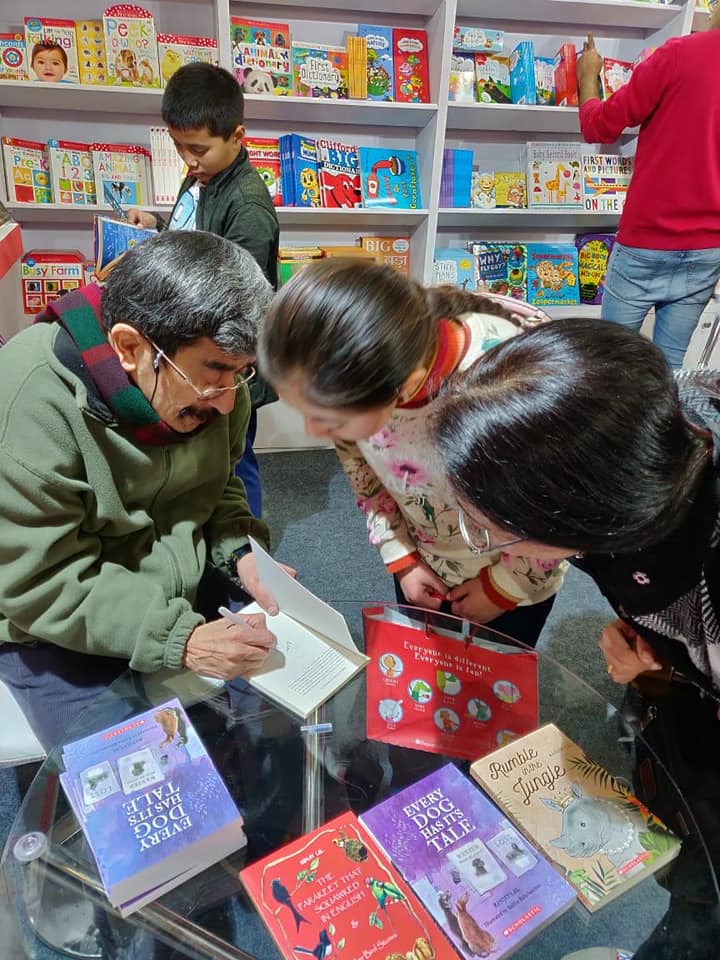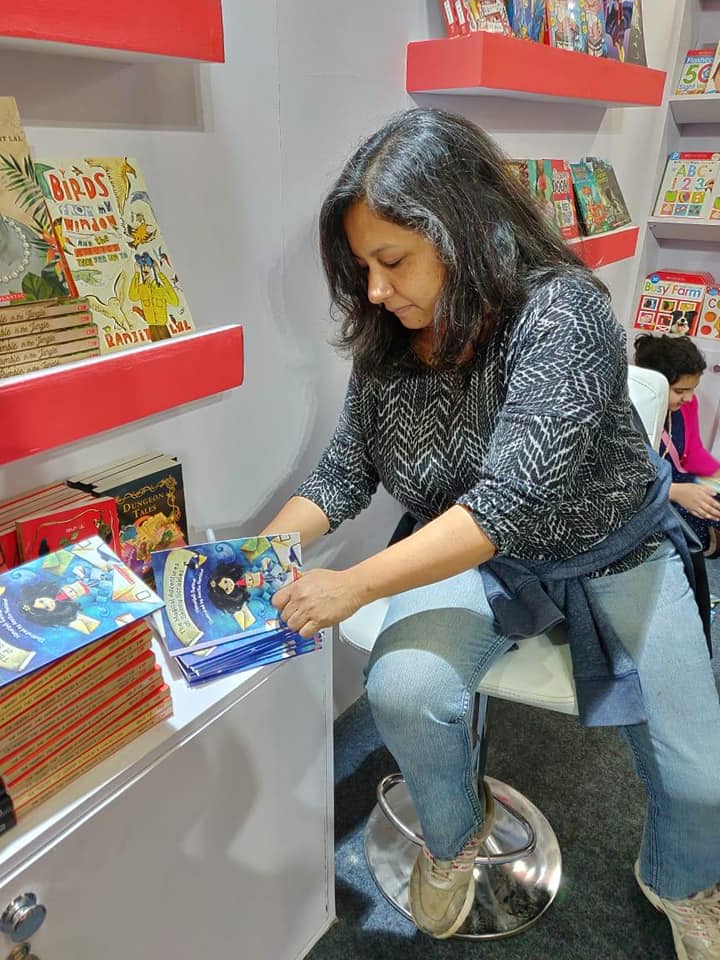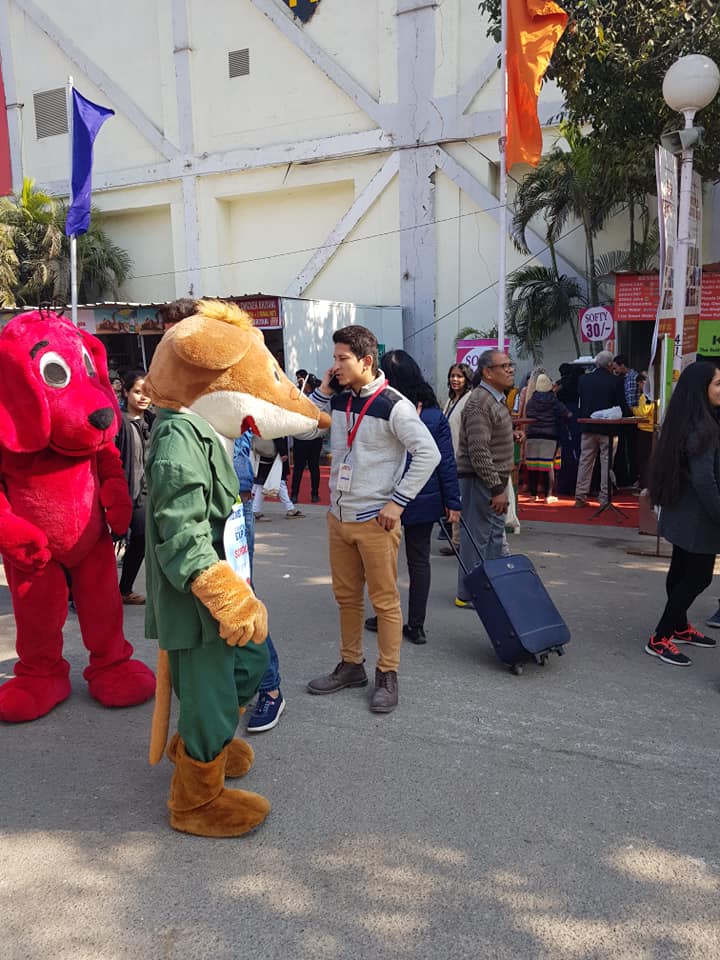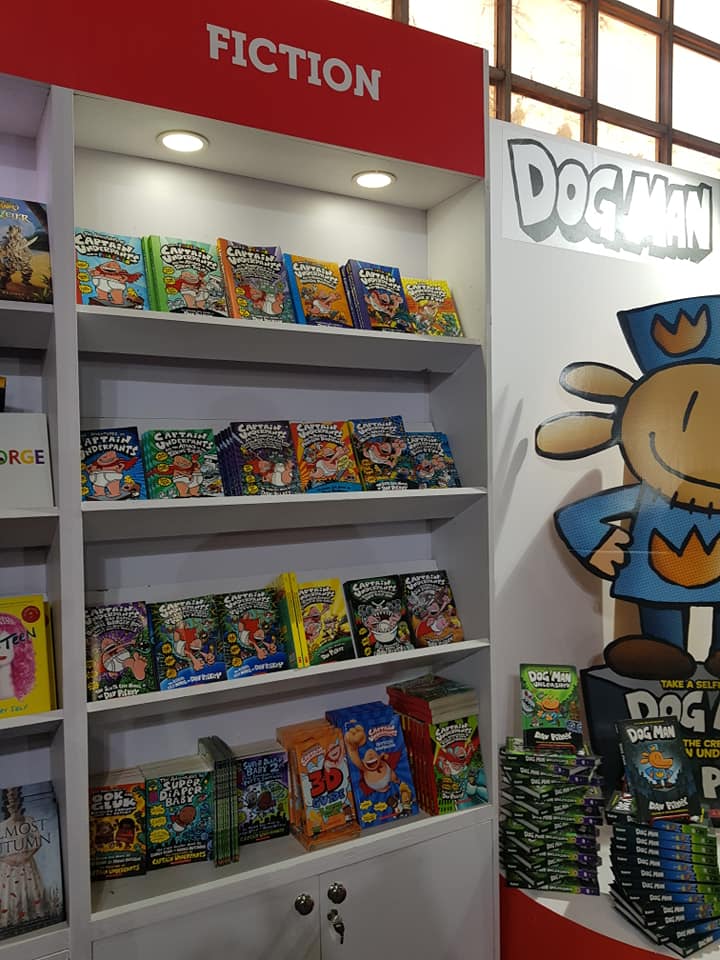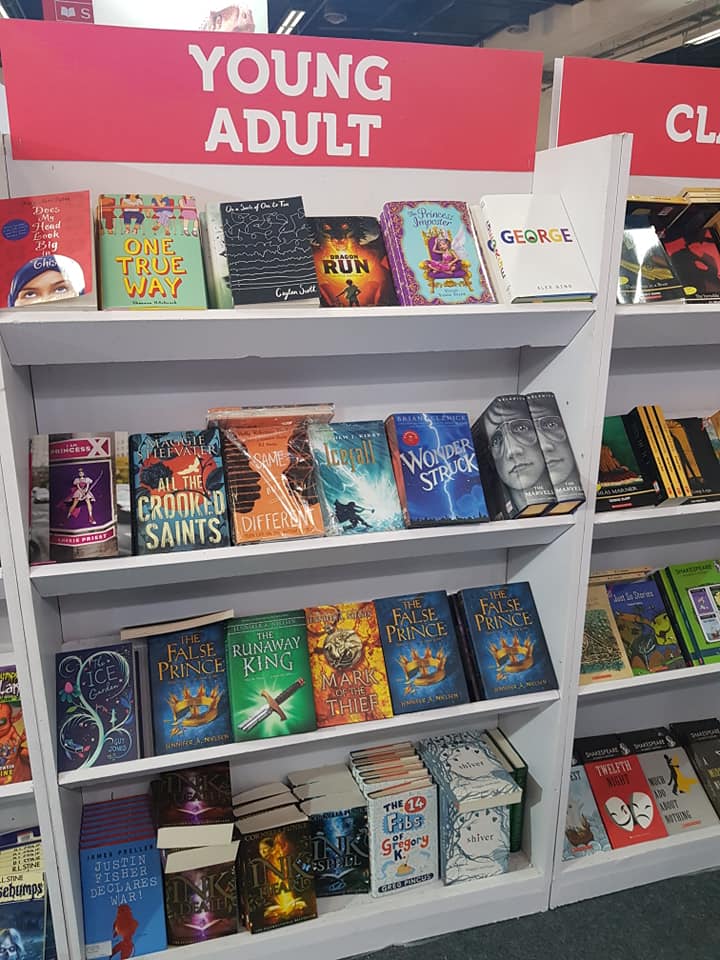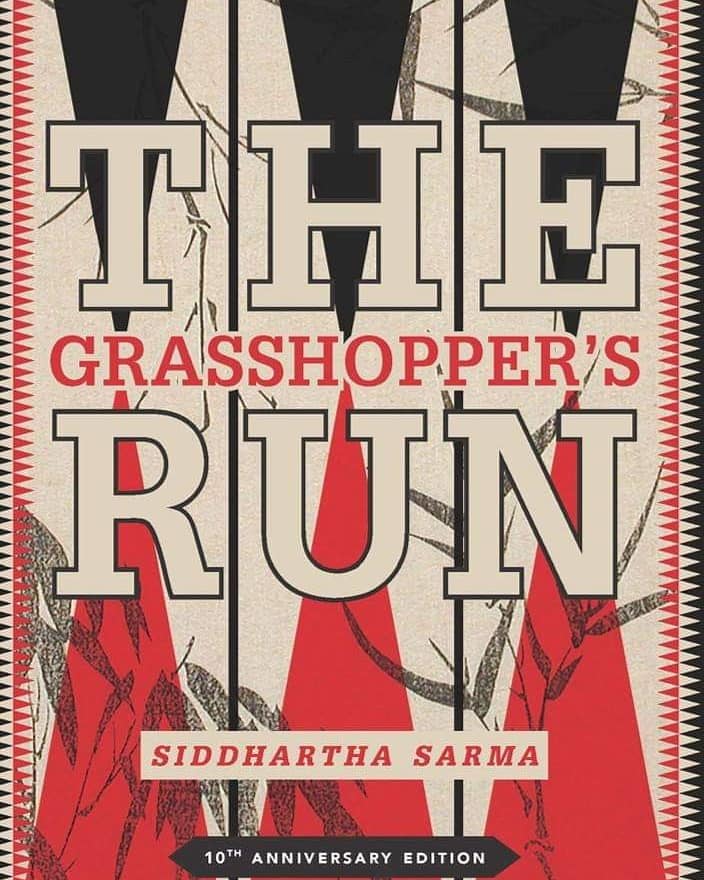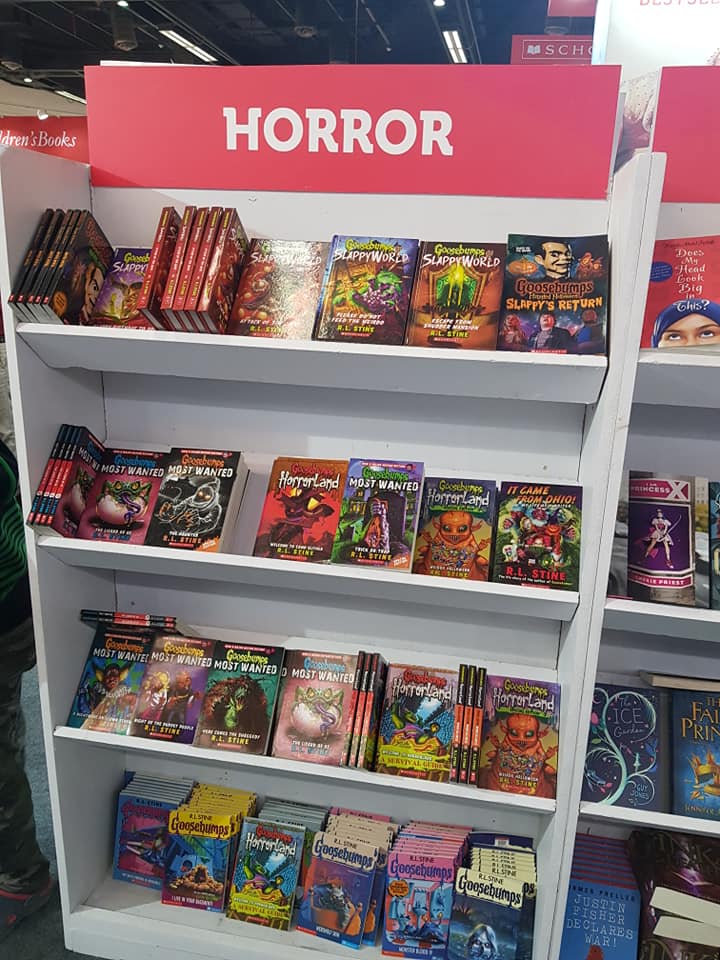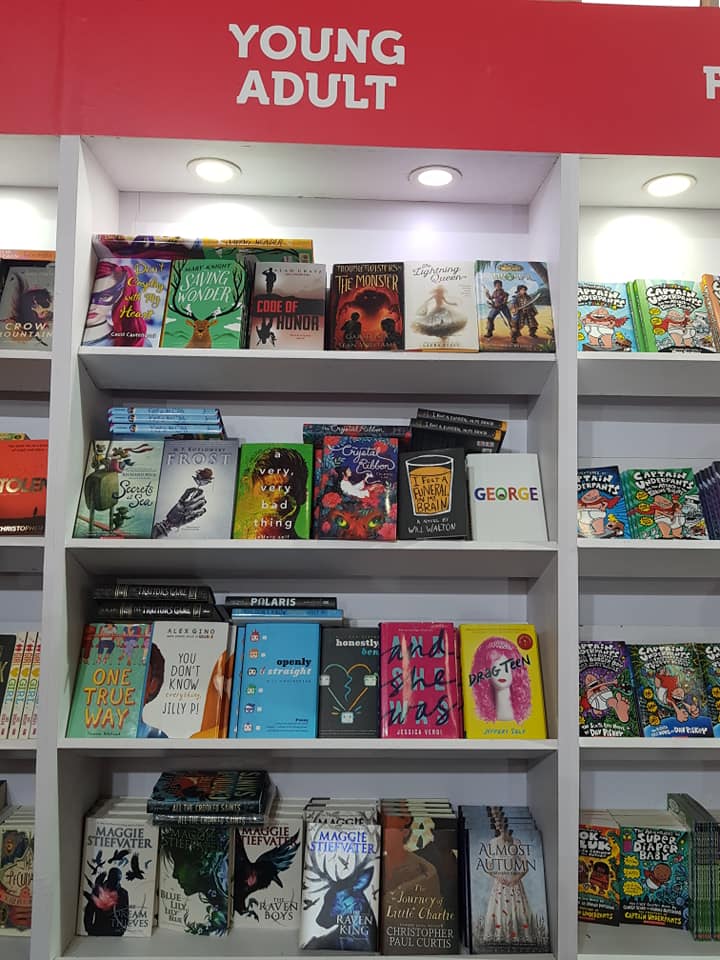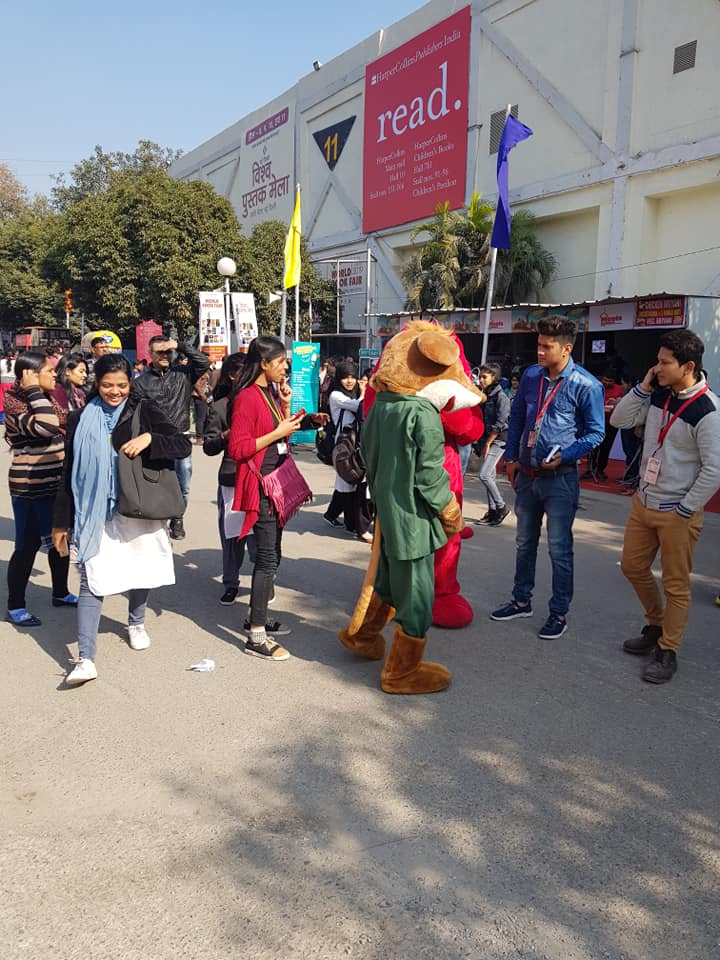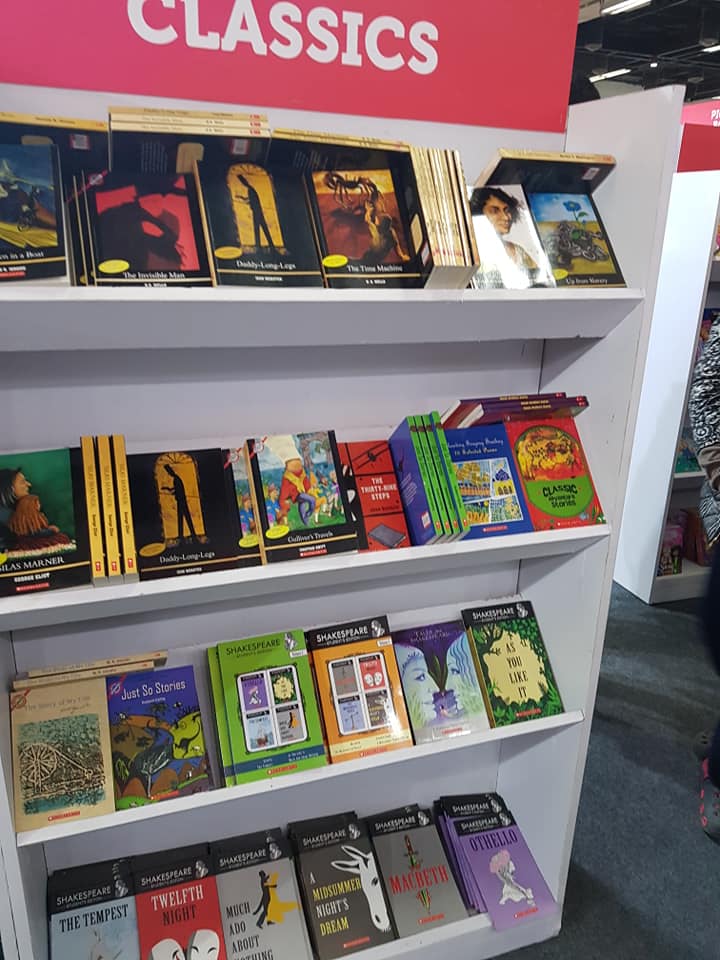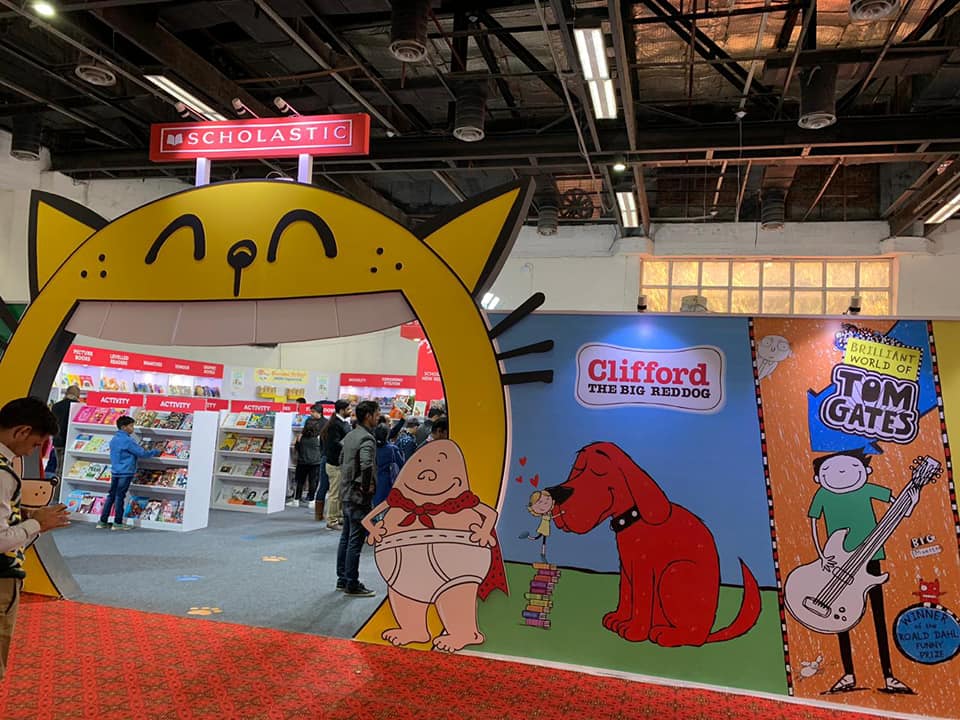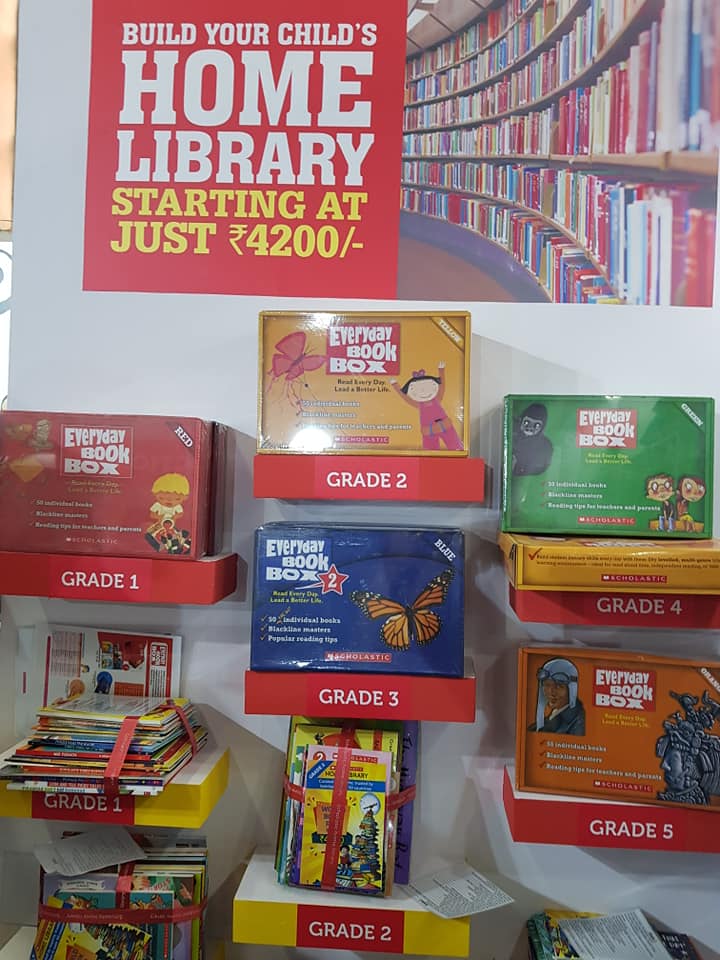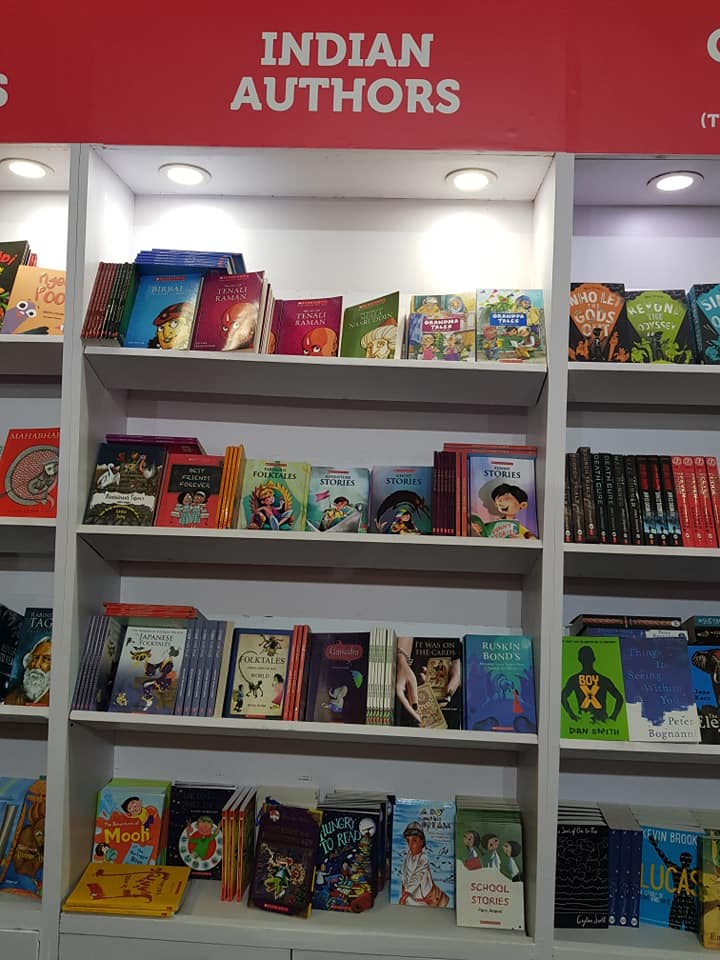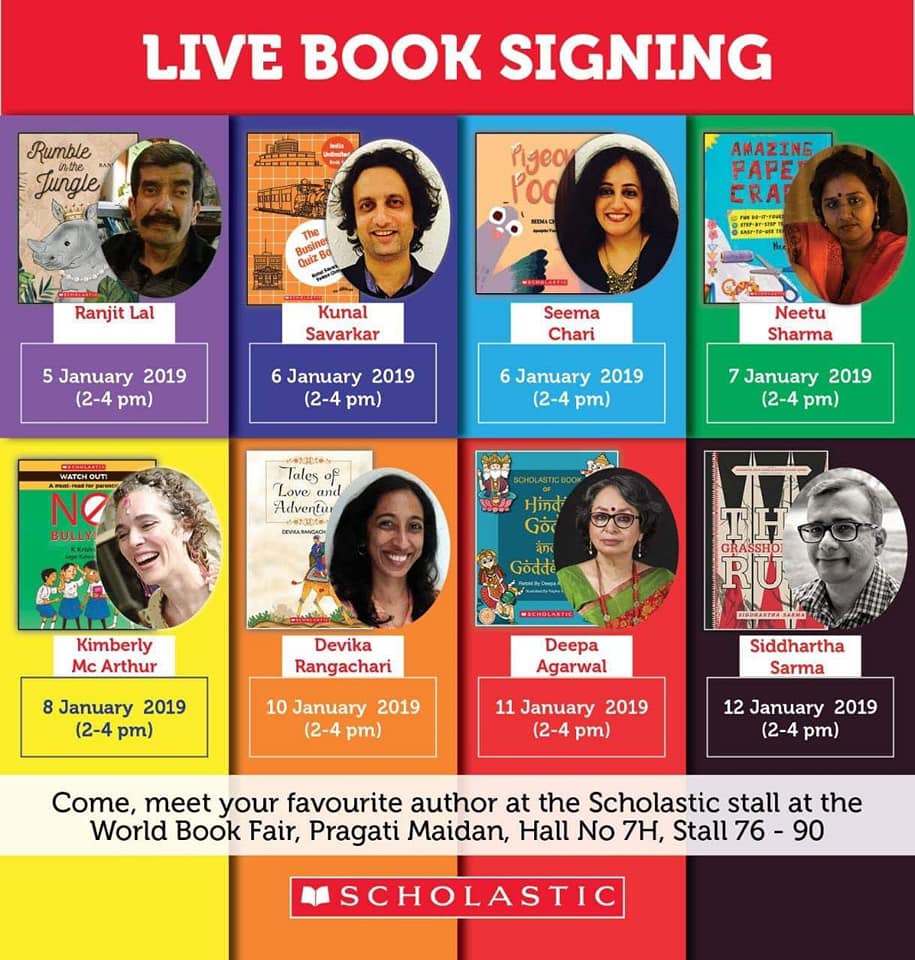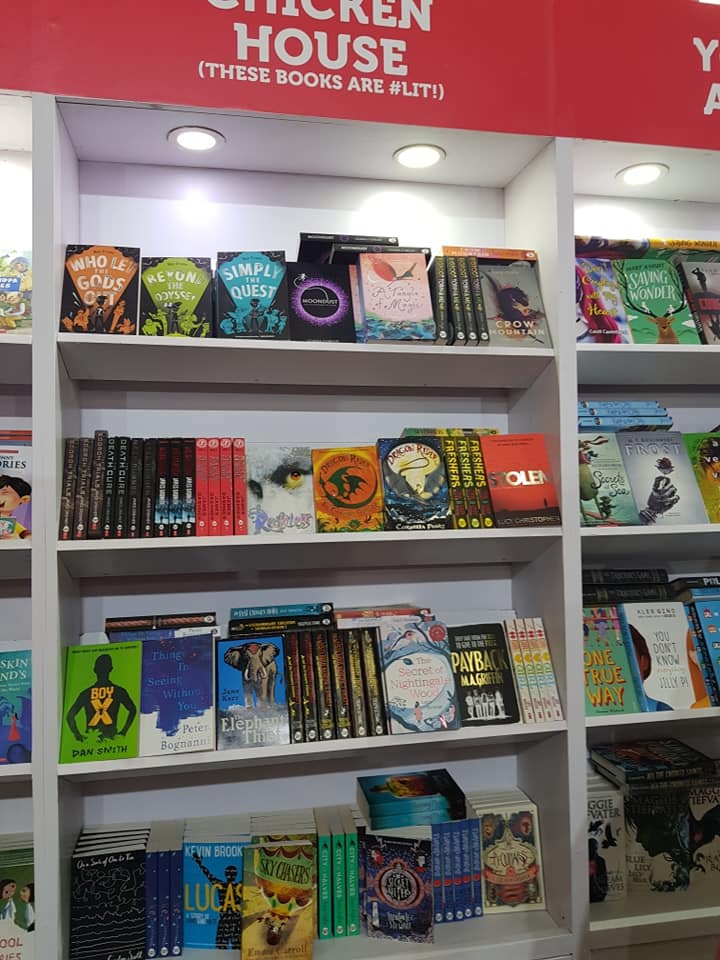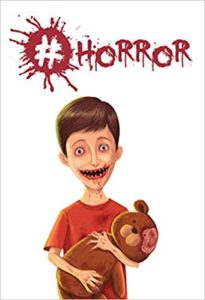 My monthly column, Literati, in the Hindu Literary Review was published online on 14 November 2015 and in print on 15 November 2015). Here is the http://www.thehindu.com/books/literary-review/a-spiderweb-of-yarns/article7872752.ece. I am also c&p the text below. )
My monthly column, Literati, in the Hindu Literary Review was published online on 14 November 2015 and in print on 15 November 2015). Here is the http://www.thehindu.com/books/literary-review/a-spiderweb-of-yarns/article7872752.ece. I am also c&p the text below. )
The old lady chuckled. “Each story that sinks into the book becomes a part of an ancient spiderweb full of stories.”
“As more stories are added in, the spiderweb gets bigger and bigger and bigger until it forms an invisible blanket that covers every city and town, every village and every forest. And when someone who is walking by touches the web accidently, stories will flow into their head and from their head to their fingers and from their fingers on to paper…”
(Suraya’s Gift: The Story Catcher Children by Malavika Nataraj. A chapter book published by Puffin Books)
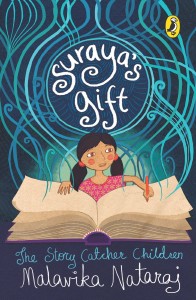 Suraya has been given an exquisitely designed blank notebook by her aunt. She scribbles stories in it for a while only to abandon it. Later, unable to locate it she encounters the Story Catcher who tells Suraya the book has been passed on to another child who has better use for it. Malavika Nataraj’s is a stunning debut.
Suraya has been given an exquisitely designed blank notebook by her aunt. She scribbles stories in it for a while only to abandon it. Later, unable to locate it she encounters the Story Catcher who tells Suraya the book has been passed on to another child who has better use for it. Malavika Nataraj’s is a stunning debut.
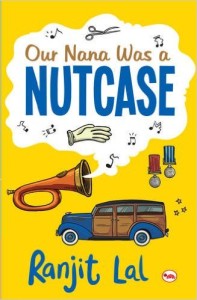 The importance of stories can never be stressed enough. Ranjit Lal’s new novel Our Nana was a Nutcase (Red Turtle) is about Nana, who is bringing up his daughter’s four children. (Their parents are busy diplomats.) It is a super brilliant, sensitively told novel about the children witnessing their Nana’s gradual decline with Alzheimer’s, their coming to terms with it and slowly realising they have to be the caregivers for their Nana. A similar story about the heartwarming relationship between grandfather and grandson is found in the bittersweet David Walliam’s
The importance of stories can never be stressed enough. Ranjit Lal’s new novel Our Nana was a Nutcase (Red Turtle) is about Nana, who is bringing up his daughter’s four children. (Their parents are busy diplomats.) It is a super brilliant, sensitively told novel about the children witnessing their Nana’s gradual decline with Alzheimer’s, their coming to terms with it and slowly realising they have to be the caregivers for their Nana. A similar story about the heartwarming relationship between grandfather and grandson is found in the bittersweet David Walliam’s 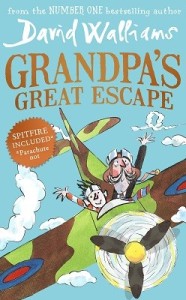 bestseller Grandpa’s Great Escape (HarperCollins).
bestseller Grandpa’s Great Escape (HarperCollins).
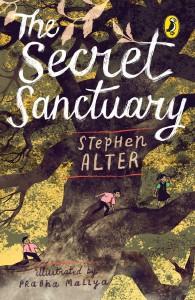 Stephen Alter’s slim novella The Secret Sanctuary (Puffin Books) is a little beauty too. It introduces three school children to the magic within a forest they tumble into while walking to school. It is a secret sanctuary where they can be in close proximity to the animals without the beasts being aware of their existence. They discover nuggets of information from the naturalist, Dr. Mukherjee.
Stephen Alter’s slim novella The Secret Sanctuary (Puffin Books) is a little beauty too. It introduces three school children to the magic within a forest they tumble into while walking to school. It is a secret sanctuary where they can be in close proximity to the animals without the beasts being aware of their existence. They discover nuggets of information from the naturalist, Dr. Mukherjee.
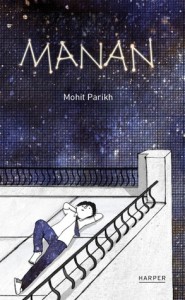 Manan (HarperCollins) by Mohit Parikh is an “odd little tale” as he calls it. Manan attains puberty and is fascinated how reaching this milestone changes his perspective on life, transforming him in more ways than one. It is a first novel about an ordinary family in a small town.
Manan (HarperCollins) by Mohit Parikh is an “odd little tale” as he calls it. Manan attains puberty and is fascinated how reaching this milestone changes his perspective on life, transforming him in more ways than one. It is a first novel about an ordinary family in a small town.
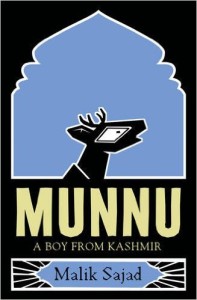 Munnu: A Boy from Kashmir (HarperCollins), a graphic novel by Malik Sajad with autobiographical elements, is already causing a stir internationally. Sajad anthropomorphises the Hangul deer to tell the chilling account of being a young boy in Kashmir when it was torn apart by conflict. Munnu capitalises upon his excellent drawing skills to draw political cartoons.
Munnu: A Boy from Kashmir (HarperCollins), a graphic novel by Malik Sajad with autobiographical elements, is already causing a stir internationally. Sajad anthropomorphises the Hangul deer to tell the chilling account of being a young boy in Kashmir when it was torn apart by conflict. Munnu capitalises upon his excellent drawing skills to draw political cartoons.
Some other examples of well-told stories are: Scholastic India’s annual offering For Kids by Kids featuring short stories by young writers between the ages of 10 and 16. Paro Anand’s Like Smoke (Penguin Books), a revised edition of her young adult stories Wild Child; Parismita Singh’s stupendous graphic story retelling the Naga folktale Mara and the Clay Cows (Tulika); Karishma Attari’s debut novel I See You (Penguin Books), a chilling horror set in Mumbai, and the gorgeously produced retelling of the Baburnama called The Story of Babur by Parvati Sharma, illustrated by 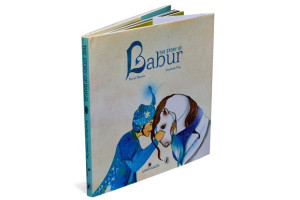 Urmimala Nag (co-published by Good Earth and Puffin Books). Scholastic’s Branches book series like Dragon Masters, The Notebook of Doom and Owl Diaries ( http://www.scholastic.com/branches/), and Simon and Schuster’s travelogue series Greetings from Somewhere ( http://www.simonandschuster.com/series/Greetings-from-Somewhere) with helpful illustrations, easy-to-read text and simple plot lines designed for newly independent readers, are strong on storytelling
Urmimala Nag (co-published by Good Earth and Puffin Books). Scholastic’s Branches book series like Dragon Masters, The Notebook of Doom and Owl Diaries ( http://www.scholastic.com/branches/), and Simon and Schuster’s travelogue series Greetings from Somewhere ( http://www.simonandschuster.com/series/Greetings-from-Somewhere) with helpful illustrations, easy-to-read text and simple plot lines designed for newly independent readers, are strong on storytelling 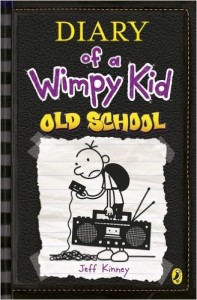 too. Then there is the astoundingly popular Jeff Kinney, whose Diary of a Wimpy Kid: Old School within a week of its release has already sold 100,000 copies in India. Timed with its release has been the launch of the Puffin Car that will be used to build excitement about books and the habit of reading among children.
too. Then there is the astoundingly popular Jeff Kinney, whose Diary of a Wimpy Kid: Old School within a week of its release has already sold 100,000 copies in India. Timed with its release has been the launch of the Puffin Car that will be used to build excitement about books and the habit of reading among children.
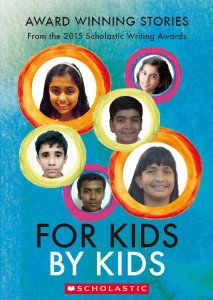
***
Stories have a way of working their way into becoming a part of one’s mental furniture and creating cultural landscapes that stay forever. A wonderful example to ensure stories continue to be shared is the “Libromat” in South Africa bringing together laundry and reading established by social entrepreneurs from Oxford University. ( http://www.libromat.com/ )Inspired by a study that said dialogic book-sharing is an interactive form of shared reading (http://1.usa.gov/1MVTK7E), an early childhood development centre in Khayelitsha was outfitted with washers and dryers, and the women were trained to read with their children. 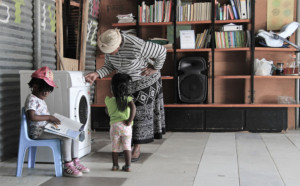
( Note: Images used on this page are off the Internet. I do not own the copyright to them.)
15 November 2015

